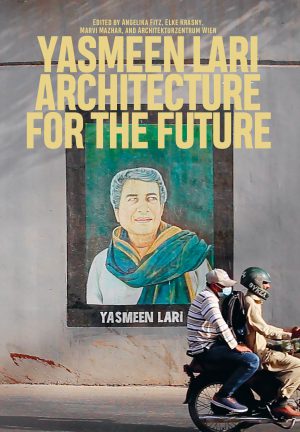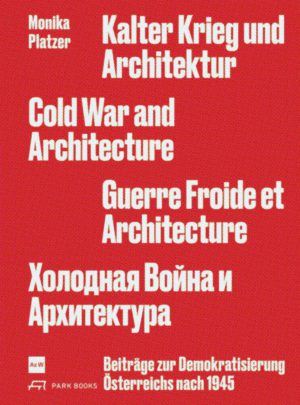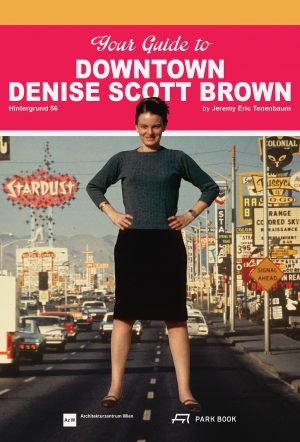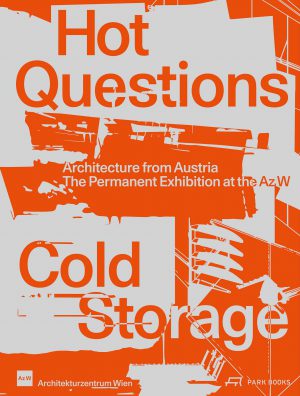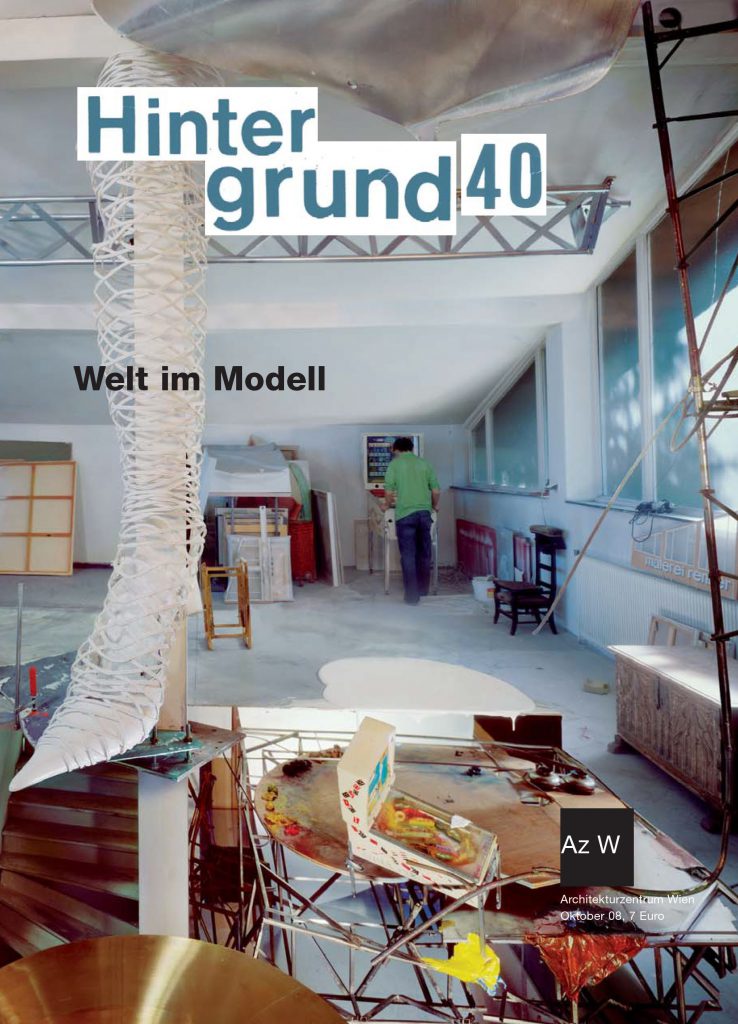
The "world in a model" - this can mean a world on a reduced scale, or it can refer to a model that holds an entire world within itself in mysterious multiformity. The latter certainly includes the "Club", which keeps our perception in check with various jumps in scale and mixtures between real and fictional spaces. Nicola Hirner has written an article about the model photo that Vienna-based artist Lois Renner informally provided us with for the cover of this issue, in which she traces the artist's "imagined spaces and telegenic gestures."
7,00 €
incl. 10% VAT plus shipping costs

